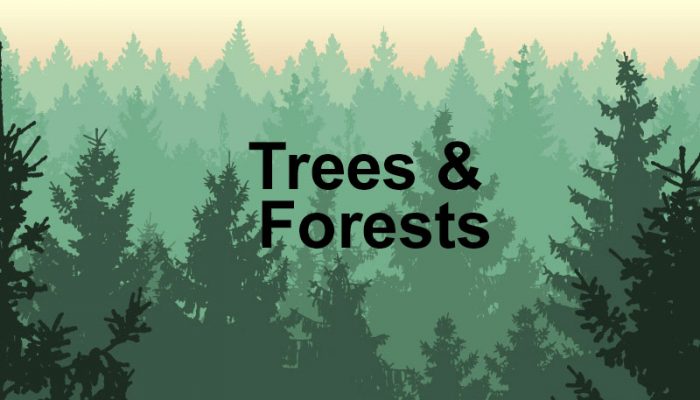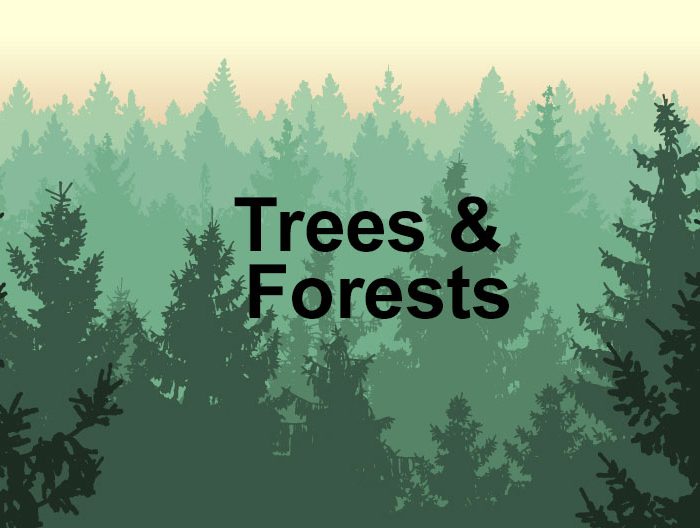COVID-19 has definitely created new access needs. Unfortunately, not everyone has a well-equipped home office that comes with internet access, which is where the public library can help.

What About the Books?
Recently, I was asked by a colleague at another library system to speak to their consultants about the library’s strategic plan. As a system of similar size and population, Haliburton County Public Library was a good comparison. After about an hour on the phone talking about things like how many branches we have, what size of geographic area we serve, and what kind of programming we offer; I realized that not once in the conversation had we talked about books.
What has happened in public libraries that has drawn the focus away from books?
Traditional library brand recognition still exists with a portion of the population believing that libraries are quiet places to read and conduct research. Unfortunately if you subscribe to this brand and are not a reader, public libraries appear to have little to offer you. We have learned that if we are going to remain relevant within our communities, we need to attract more than readers to our buildings. Books are still an integral part of our programming and our marketing strategy, but we are also very busy drawing attention to what else the library has to offer.
Beyond Books
Lending books to the general public has always been a good idea, but it is also a good idea to lend other things that people might not have access to on a regular basis. The possibilities are endless if you have the space and the staff. There are libraries lending amongst other things: fishing rods, cake pans, tools, musical instruments, pedometers, energy use readers, and even skills and people.
As space allows, the Haliburton County Public Library has begun to look at non-traditional library products that are useful to the community. We had one of the first seed libraries in the province. There are now seed libraries in four of our branches. Seed borrowing isn’t quite like other kinds of borrowing; we don’t actually expect the borrowed seeds to be returned. We do expect that they will grow into something, and when the gardener is harvesting their seeds we hope that they think of us and bring some in to share with others in the community.
At the Dysart Branch in Haliburton Village we have entered into a partnership with the municipality to lend outdoor activity equipment that is compatible with use in the adjoining park. If you are visiting the park and decide you would like to try Disc Golf, you can borrow the discs at the library, as well as score cards, and a map of the course.
Lending … and Learning
We also have a small selection of electronics including e-readers and laptops. We want people to be able to play with devices and learn how they work. Learning in libraries can be self-directed, but libraries can also lend out skills by facilitating collaborative learning with their patrons through formal workshops on specific topics and free-form, informal exploration of technology on any topic.
This is an area that we need to further develop. Our local Chamber of Commerce has identified lack of technological skills in the work force as a barrier to high tech development in our area. Without an increase in budget, we are trying to figure out what our role is in improving this situation. Economic improvement can’t happen without a skilled workforce and it has always been my belief that the public library exists to level the playing field in terms of any inequity found in their communities.
Access
Access to information is a basic right of all Canadians and public libraries fight to keep that access available to all. While books are still important in terms of access to information, books as a format are evolving. Information changes so quickly that many libraries have actually stopped buying materials like hard cover encyclopaedias because they are obsolete before they even hit our shelves. My beloved novels can now be downloaded wherever I may be and I listen to books on CD in my car. Someone once said the library is concerned about access to the content rather than the content’s container.
As I have said before, public libraries do three things:
allow access to information;
allow access to technology;
and provide a public gathering space.
None of those functions actually requires the traditional print book; however books, in whatever format, do continue to serve as the foundation of the public library’s function as a gateway to equal access for everyone.
Bessie Sullivan is the CEO of the Haliburton County Public Library. She can be reached at bsullivan [at] haliburtonlibrary.ca. Trees and Forests is a column about library issues and ideas.
